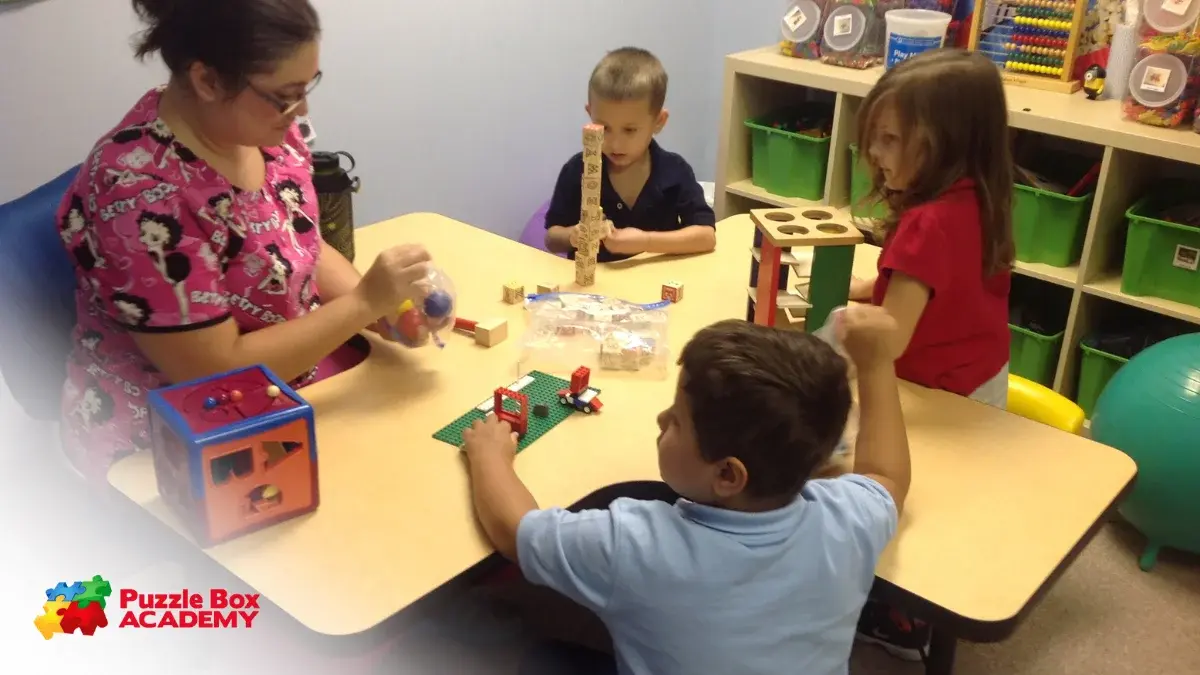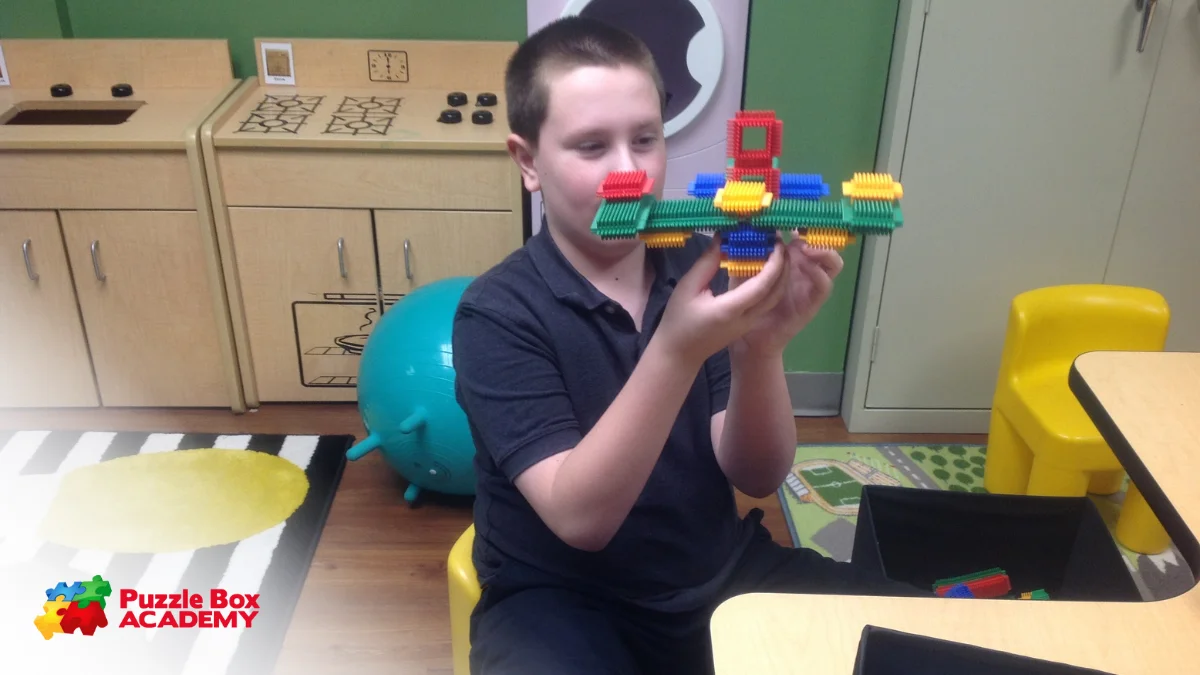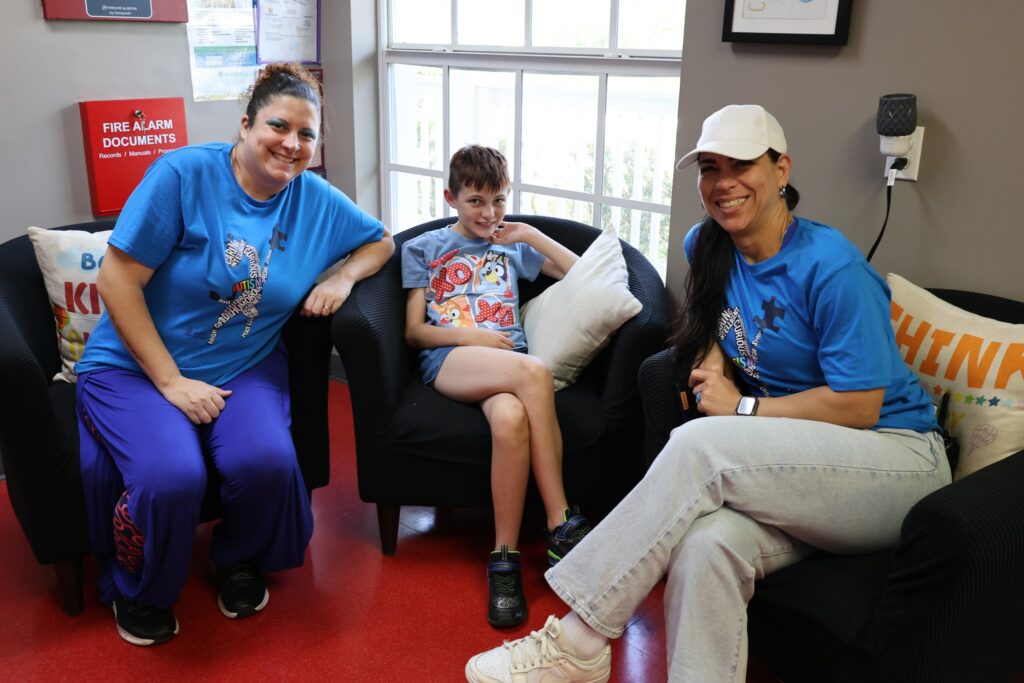The importance of a low special education teacher to student ratio cannot be overstated when it comes to fostering an environment where every child can thrive, especially in a neurodivergent education setting. In classrooms designed for neurodivergent students, individualized attention is key to unlocking each student’s potential.
A lower teacher-to-student ratio ensures that educators can focus on each child’s unique needs, providing personalized support and tailored instruction. This approach enhances academic performance and nurtures students’ social and emotional growth.
Understanding the Optimal Student Teacher Ratio for Special Education
In special education, the student- teacher ratio is a pivotal element that directly influences the quality of instruction. Typically, the ideal student- teacher ratio for special education is lower than in mainstream classrooms. While specific numbers can vary based on the needs of the students and the resources of the school, a common standard is one teacher for every 6-10 students. This smaller ratio allows teachers to focus more on each student’s needs, providing personalized attention critical in special education settings.
Impact on Learning Outcomes
Maintaining an optimal student-teacher ratio impacts learning outcomes for students with special needs. When ratios are kept low, the benefits include:
- Improved Academic Performance: Teachers can spend more time on one-on-one instruction, helping students understand and retain information better.
- Enhanced Social and Emotional Development: Students receive more support in developing crucial social skills and managing their emotions.
- Faster Identification of Learning Challenges: Teachers can more quickly locate areas where a student may be struggling and provide targeted interventions.
These outcomes are vital for students with special needs, who often require more tailored educational approaches to reach their full potential.
Effect on Individualized Instruction
A low student teacher ratio is essential for allowing educators to offer truly individualized instruction. Here’s how it benefits the teaching process:
- Customized Learning Plans: Teachers can design specific learning strategies that cater to every student’s unique needs, whether they require more visual aids, hands-on activities, or different pacing.
- More Frequent Assessments: With fewer students to manage, teachers can regularly assess each student’s progress and adjust their teaching methods accordingly.
- Increased Flexibility: Teachers have the flexibility to adapt lessons on the fly, responding to the immediate needs of their students without being overwhelmed by large class sizes.
In contrast, when the ratio is too high, it becomes challenging for teachers to give each student the attention they deserve. This can lead to students feeling neglected, hindering their academic and emotional development. Teachers may also become overwhelmed, leading to burnout and reduced effectiveness in the classroom.
How Special Education Class Size Regulations Impact Learning

Special education class size regulations ensure that students with special needs receive the attention and resources necessary for their success. These regulations vary by state and district but generally mandate smaller class sizes than general education classrooms. For example, many states have caps on the number of students per class, often ranging from 6 to 12 students per teacher, depending on the severity of the student’s needs. These regulations create an environment where each student can receive individualized support.
Class Size and Education Quality
A strong correlation exists between adhering to low special education teacher to student ratio regulations and the quality of education provided. Smaller class sizes allow teachers to implement more personalized instruction, essential for students with diverse learning needs. In a classroom with less students, teachers can:
- Focus on Individualized Learning Plans: With fewer students, teachers can dedicate more time to developing and implementing personalized learning strategies that address each student’s unique needs.
- Provide More One-on-One Support: Teachers can spend more time working directly with students, helping them grasp complex concepts and providing immediate feedback.
- Create a More Supportive Learning Environment: Smaller class sizes foster a closer, more supportive classroom community where students feel safe and valued, which is particularly important for those with special needs.
By adhering to these regulations, schools can significantly improve the learning outcomes for students in special education programs.
Challenges and Benefits of Adhering to Regulations
While there are clear benefits to following special education class size regulations, there are also challenges that schools may face.
Challenges
- Resource Allocation: Smaller class sizes require more teachers, classrooms, and materials, which can strain school budgets, especially in underfunded districts.
- Teacher Availability: There may be a shortage of qualified special education teachers, making it difficult to maintain the required ratios and class sizes.
- Logistical Constraints: Some schools may struggle with space limitations, making it difficult to accommodate the smaller class sizes mandated by regulations.
Benefits
- Enhanced Student Outcomes: Adhering to class size regulations has improved academic and social outcomes for students with special needs.
- Teacher Satisfaction: Teachers in smaller classes often report higher job satisfaction, as they can more effectively manage their classrooms and see the positive impact of their work.
- Parental Trust: Compliance with these regulations can build trust with parents, who are more likely to feel confident that their child receives the attention and support they need.
By following special education class size regulations, schools can create a more efficient and supportive learning environment that fits the individual needs of each student, ultimately leading to better educational outcomes and greater satisfaction for both teachers and parents.
The Critical Role of the Ratio of Special Education Students to Teachers

In classrooms with a low student-to-teacher ratio, teachers can create a more structured environment that caters to the diverse needs of their students. With fewer students, there is also more opportunity for meaningful interactions, creating a sense of community and belonging among the students. Conversely, higher ratios can lead to overcrowded classrooms where individual needs may be overlooked, causing increased frustration and disengagement.
The Role of Teacher Support and Additional Resources
For teachers to manage a low ratio of special education students effectively, access to adequate support and resources is essential. Teachers in special education settings often face unique challenges, such as addressing a wide range of learning disabilities, behavioral issues, and emotional needs. To meet these challenges, schools must provide comprehensive support that includes:
- Professional Development: Continuous training on the latest instructional strategies and behavioral management techniques tailored for special education.
- Paraprofessional Support: The presence of teacher aides or paraprofessionals in the classroom can help manage the workload, allowing the lead teacher to focus more on individualized instruction.
- Specialized Resources: Access to assistive technology, adaptive materials, and customized learning programs can significantly enhance the learning experience for students with special needs.
This combination of a low student-to-teacher ratio and robust support enables teachers to create a more effective learning environment where every student can receive the attention and guidance they need to succeed.
Long-Term Benefits of Low Special Education Teacher to Student Ratio
Maintaining a low ratio of special education students to teachers yields significant long-term benefits for students and educators. For students, these benefits include:
- Improved Academic Outcomes: students can better grasp complex concepts and progress at their own pace with more individualized attention.
- Enhanced Social Skills: Smaller class sizes allow for more opportunities to develop social interactions, which are crucial for students with special needs.
- Increased Confidence: Personalized support helps students build confidence in their abilities, leading to higher self-esteem and a more positive attitude toward learning.
For teachers, the benefits include:
Job Satisfaction: Teachers often report greater job satisfaction when they can effectively manage their classrooms and see the direct influence of their efforts on student success.
Reduced Burnout: Lower ratios mean that teachers are less likely to feel overwhelmed, reducing the risk of burnout and ensuring they remain passionate and committed to their work.
Conclusion
Maintaining a low special education teacher to student ratio is not just a best practice—it’s a fundamental approach that empowers students and teachers to succeed. By ensuring that each child receives the individualized attention they deserve, we can create a learning environment where every student thrives academically, socially, and emotionally. The impact of these ratios extends beyond the classroom, fostering confidence, resilience, and a lifelong love of learning in students with special needs.
If you’re ready to learn more about how our approach can make a difference for your child, we invite you to contact us today. Visit our Contact Page or call us at (321) 345-0861 to start the conversation and learn how we can support your child’s journey to success.



